BCO127 Applied Management Statistics Assignment: Food Oils and Health
VerifiedAdded on 2022/08/12
|5
|546
|11
Homework Assignment
AI Summary
This assignment solution addresses a business statistics problem focused on analyzing food oils and their impact on health. The student, acting as a hospital catering service manager, investigates the ratio of omega-3 to omega-6 fatty acids in various food oils. The solution includes an analysis of a histogram showing the distribution of omega-3 to omega-6 ratios, concluding that oils with a higher omega-3 to omega-6 ratio are beneficial for health. The student also examines birth statistics, comparing class values and total counts, and analyzing maternal frequency distribution across different age groups, including the identification of median and quartile age classes. The assignment utilizes descriptive statistics and data interpretation to draw conclusions about the health implications of different food oils and demographic data.
1 out of 5
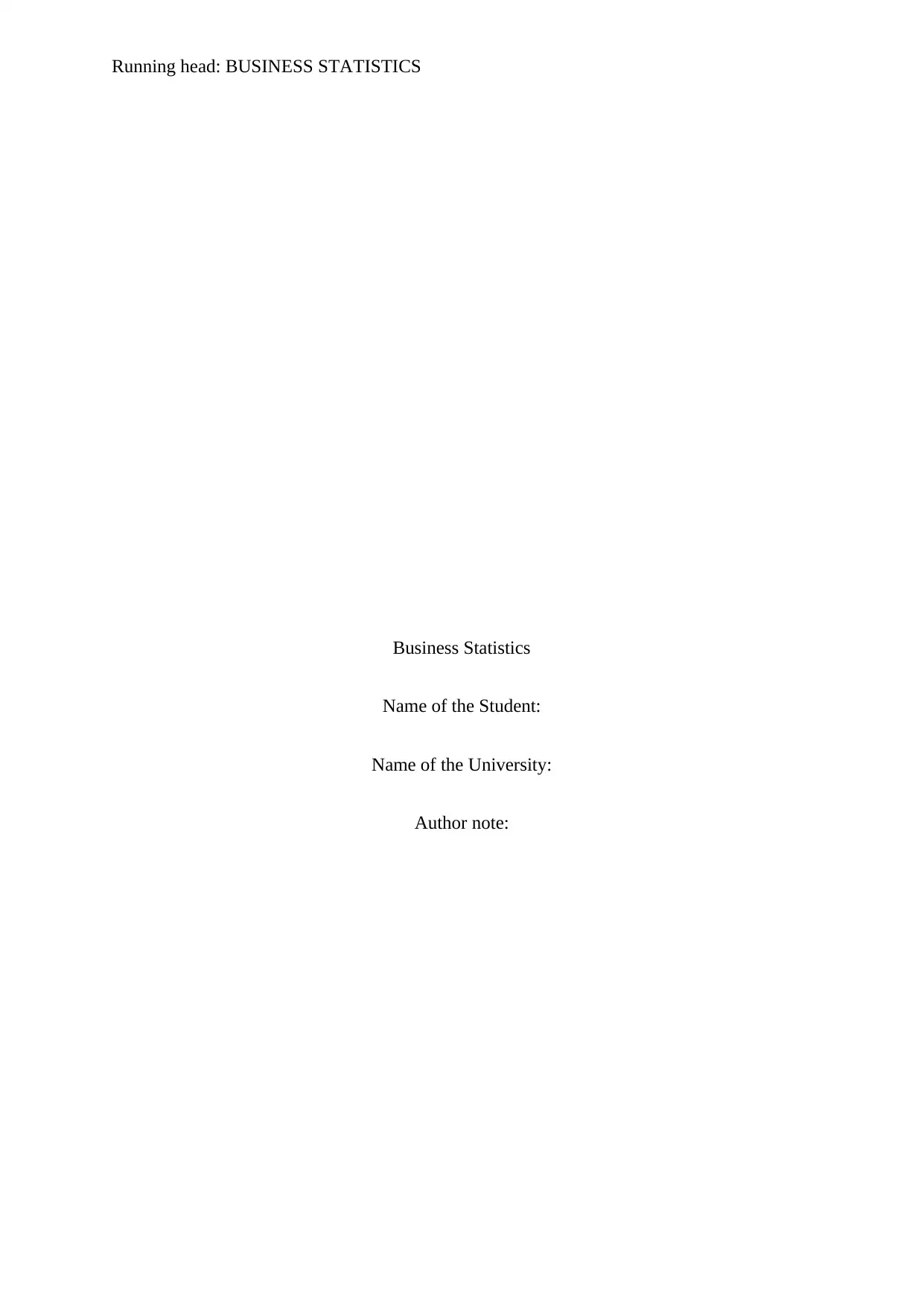
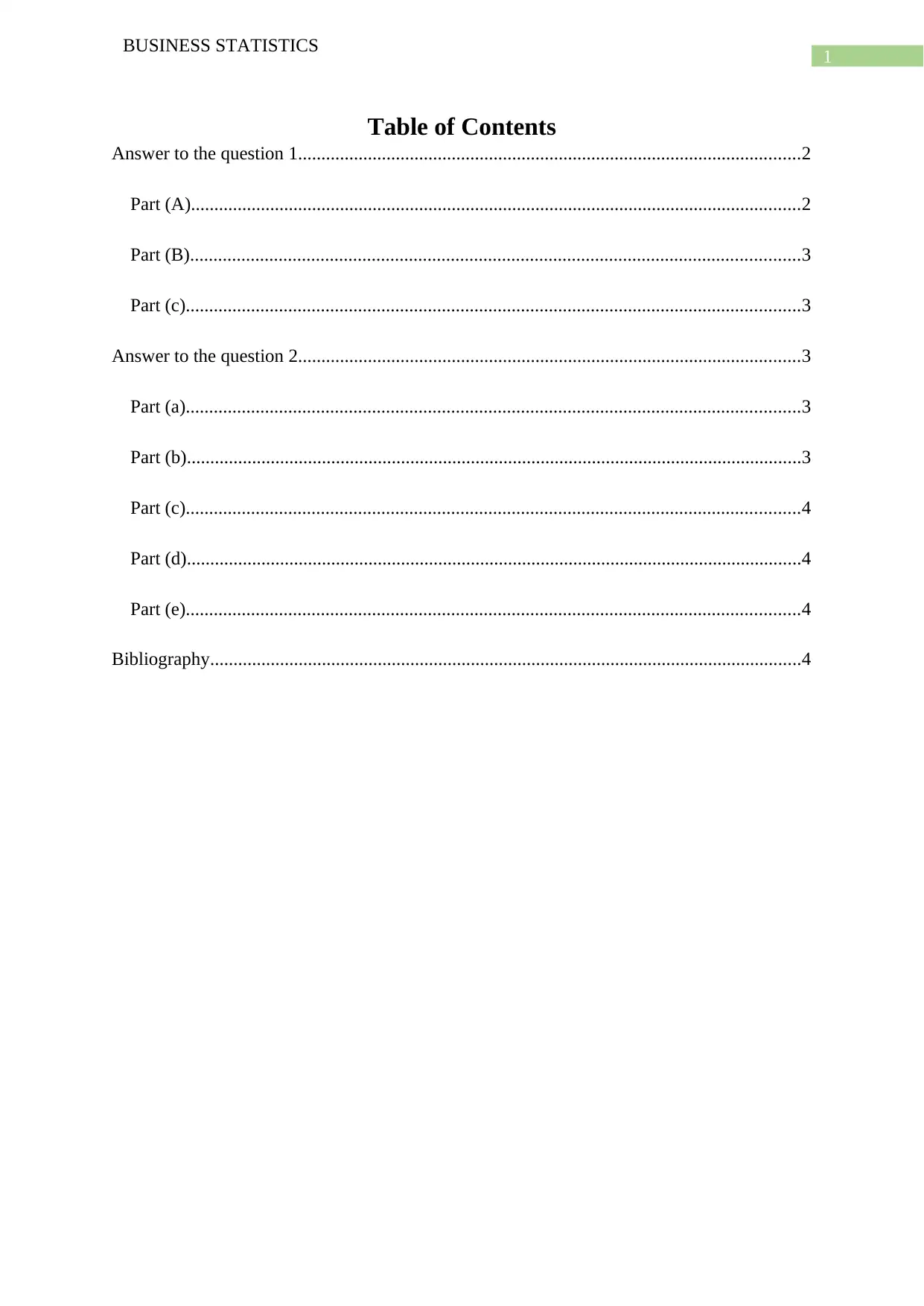
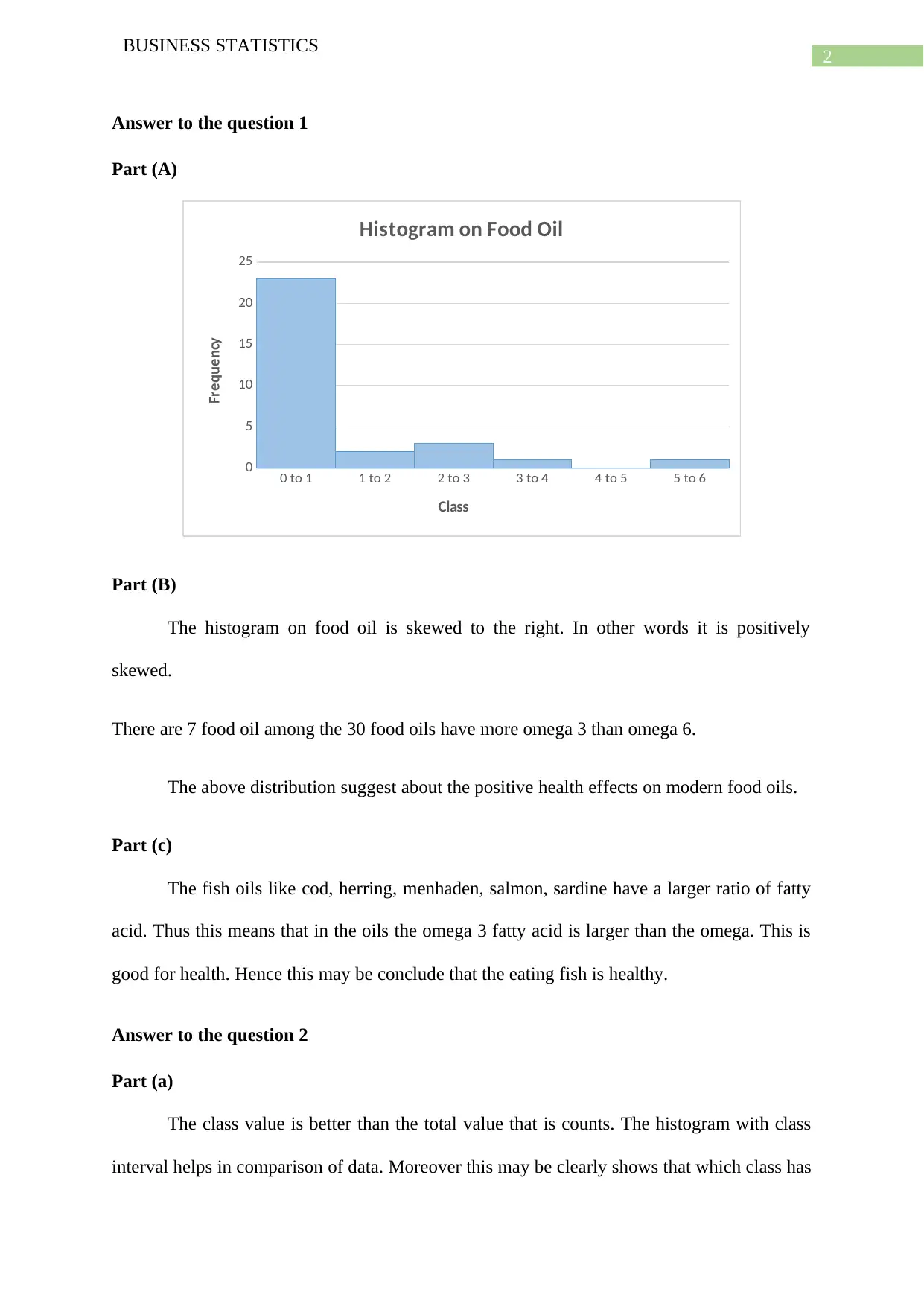

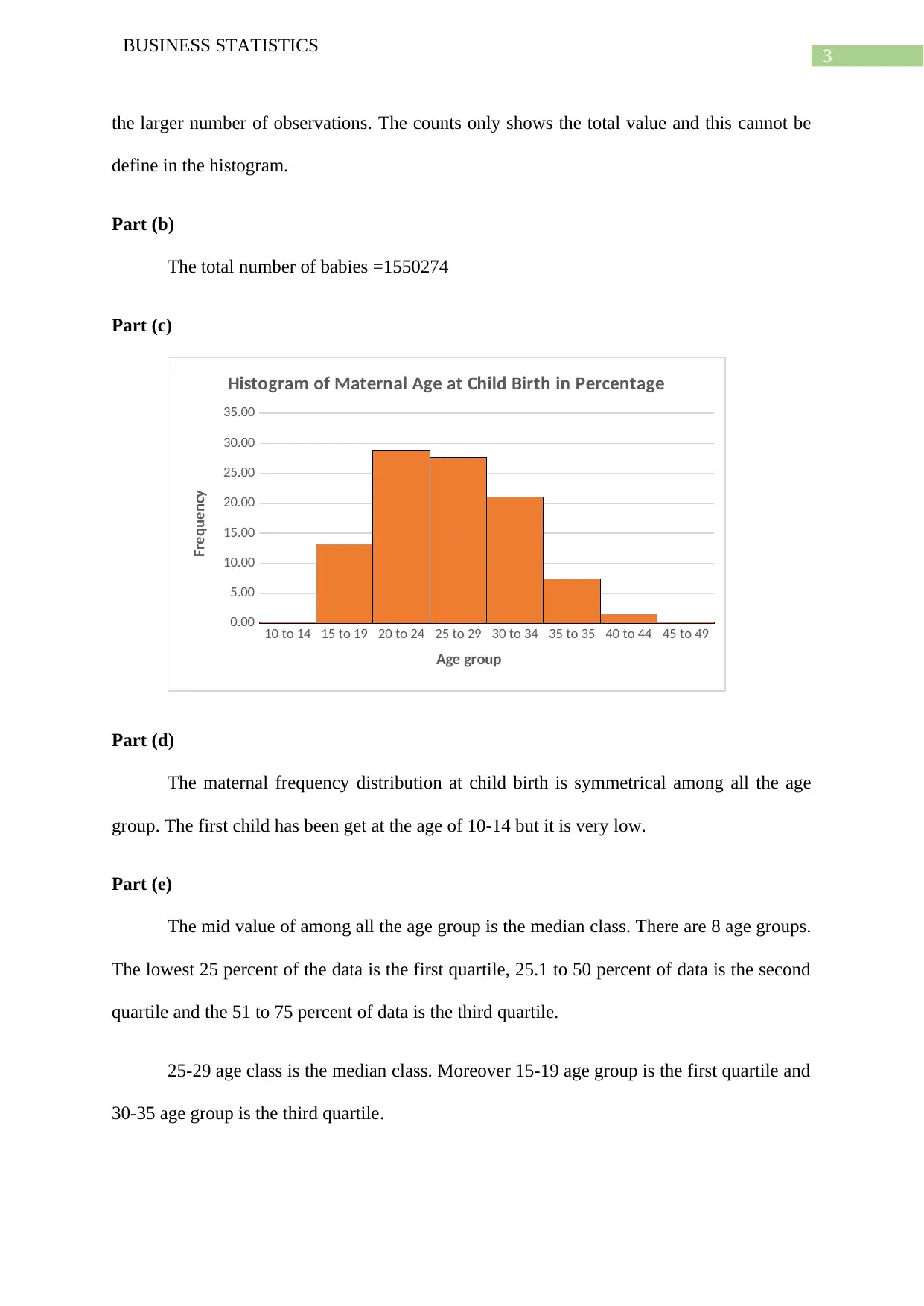
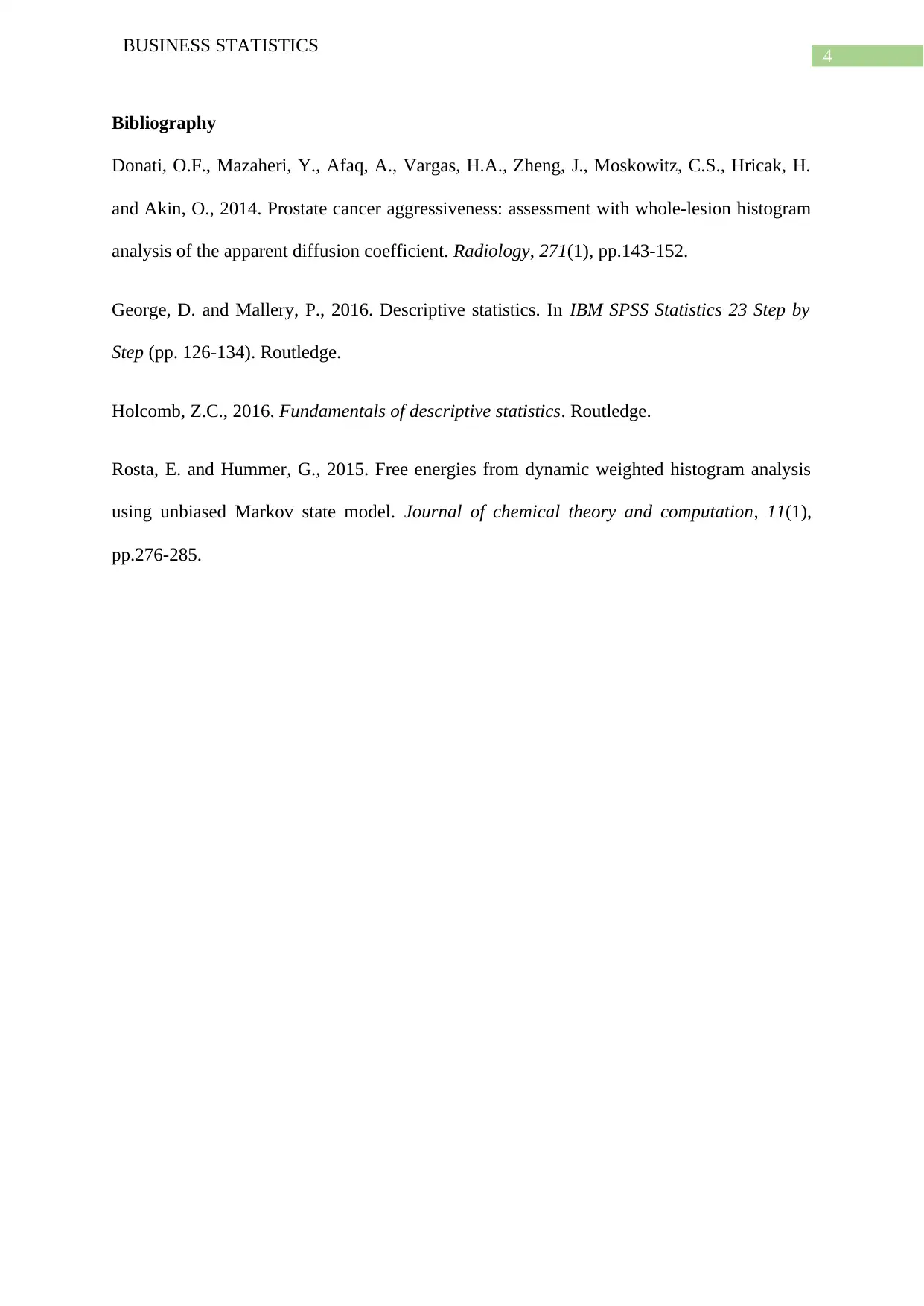





![[object Object]](/_next/static/media/star-bottom.7253800d.svg)